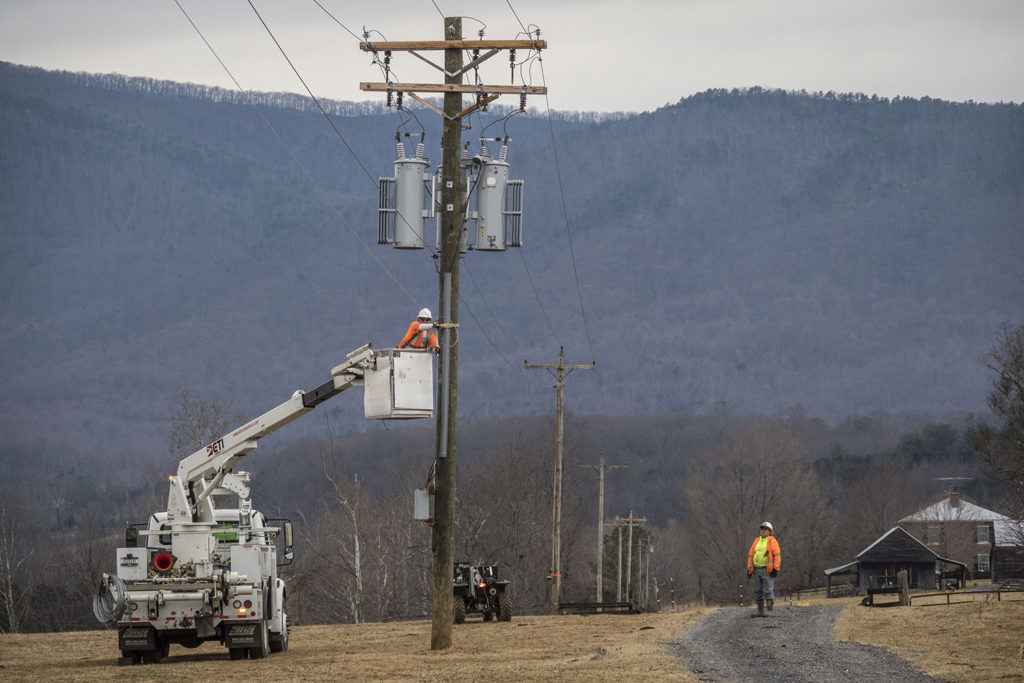
As Congress considers legislation to improve federal broadband data, NRECA is urging a key House committee to include crucial provisions to ensure the accuracy of maps showing which rural communities have access to high-speed internet service.
“More granular and accurate maps showing broadband availability are a key part of reaching all rural Americans with high-speed broadband service,” NRECA CEO Jim Matheson wrote in a letter to the House Energy and Commerce Subcommittee on Communications and Technology.
“This will enable us to clarify existing gaps in coverage and harmonize the diverse solutions that will be required to help rural Americans keep pace with their urban counterparts.”
Matheson signed the letter along with Shirley Bloomfield, CEO of NTCA–The Rural Broadband Association. They sent the letter in advance of a Sept. 11 subcommittee hearing on how to improve the nation’s broadband mapping.
The issue is crucial because inaccurate maps can wrongly show that rural residents have widespread access to broadband when only a few people in the community are connected. Faulty data also can deprive electric cooperatives of the chance to compete for government grants to bring broadband to rural communities that need the service to boost their economy, educational opportunities and telemedicine services.
The subcommittee is considering at least three bills aimed at improving broadband data and mapping. Matheson and Bloomfield asked lawmakers to address these four key issues in any legislation:
- More granular data is needed for maps to reflect actual broadband coverage areas. Currently, entire census blocks are often classified as served, even though many residents within those large geographic areas don’t have access.
- The quality of broadband service—including any limits on monthly usage—also needs to be reflected in any federal data that is gathered.
- Data should be standardized to ensure that all broadband service providers follow specific guidelines when they report what areas they are able to serve.
- There should be an easy way for rural communities to challenge the accuracy of broadband maps.
While Congress is considering legislation, the Federal Communications Commission has begun taking action on some of these issues to try to make its broadband data more accurate.
“Improving broadband maps is an incremental process that will not happen overnight,” Matheson and Bloomfield wrote in their letter to lawmakers. “Utilizing the proposals we have suggested, we are encouraged to see federal agencies and Congress moving forward simultaneously with mapping improvement and deployment activities to judiciously reach rural consumers with connectivity required to fully participate in our 21st Century economy and society.”
Erin Kelly is a staff writer at NRECA.